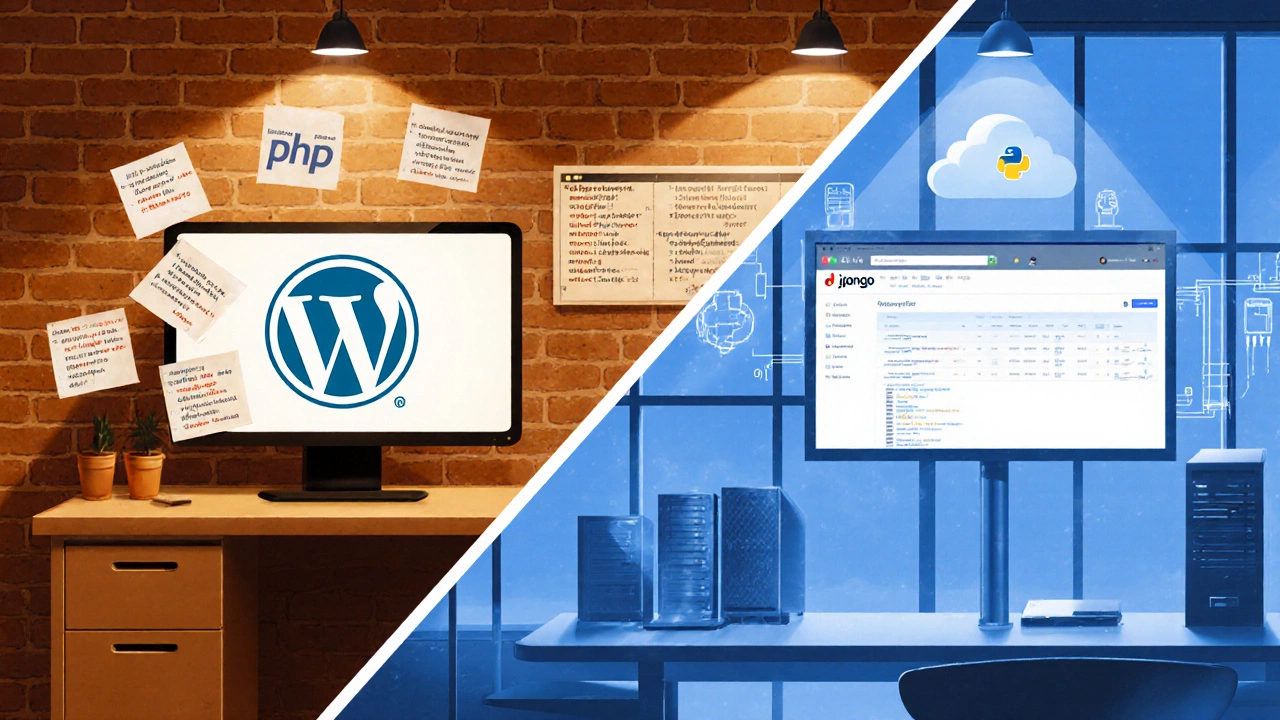Thinking about adding PHP to your skill set? You’ve probably heard it powers WordPress, Shopify apps, and countless custom sites. The good news is you don’t need a computer science degree to get comfortable. In the next few minutes you’ll see why PHP still matters, where to find trustworthy resources, and how to write your first script without getting lost.
PHP is the backbone of more than 75% of the web. That means every time you browse a blog or shop online, PHP is probably working behind the scenes. Because it’s open‑source and runs on almost any server, you can develop locally on a cheap laptop and deploy to cheap hosting without extra licences. Companies love it for its speed in getting prototypes up, so knowing PHP opens doors to freelance gigs, agency work, or even full‑time dev roles.
Step one is setting up a development environment. The easiest route is to install XAMPP (or MAMP on macOS). It bundles Apache, MySQL, and PHP so you can run scripts instantly. Once installed, create a folder called learn-php inside the htdocs directory and add a file named index.php with this code:
<?php
echo "Hello, PHP!";
?>Open your browser and go to http://localhost/learn-php/. If you see “Hello, PHP!” you’re ready to move on. Next, learn the basic syntax: variables start with a $, statements end with a semicolon, and arrays are super handy for storing lists.
Try this quick exercise: create a variable called $name and print a personalized greeting.
<?php
$name = "Alex";
echo "Hi, $name! Welcome to PHP.";
?>Play with it—change the name, add numbers, or concatenate strings using the dot operator (.). The more you tinker, the faster the concepts stick.
When you feel comfortable with variables, dive into control structures: if, else, while, and for loops. They let you make decisions and repeat actions, which is the core of any program. A simple example:
<?php
for ($i = 1; $i <= 5; $i++) {
echo "Step $i <br>";
}
?>Now you’ve got a tiny script that counts to five. Build on that by pulling data from a MySQL database. Install phpMyAdmin (included with XAMPP) and create a table called users. Then write a query with mysqli to fetch and display names. That single step moves you from “hello world” to real‑world web apps.
Resources matter. For free tutorials, check out the official PHP manual—it’s surprisingly beginner‑friendly. Websites like W3Schools and TutorialsPoint give you bite‑size examples you can run instantly. If you prefer video, YouTube channels such as “Traversy Media” walk through building a simple CRUD app in under an hour.
Don’t ignore community forums. Stack Overflow, Reddit’s r/php, and the PHP Discord server are great places to ask questions when you hit a wall. Most developers have faced the same “why isn’t my function working?” moment, so you’ll get quick help and learn best practices.
Finally, set a small project goal. A common starter is a contact form that saves submissions to a MySQL table and sends you an email. It forces you to combine HTML forms, PHP validation, database interaction, and mail functions—all the core pieces you’ll use daily.
Keep coding, break things, fix them, and repeat. PHP’s learning curve is gentle, but mastery comes from building real features. By the end of a few weeks, you’ll be comfortable reading codebases, customizing plugins, and even contributing to open‑source projects.
So, ready to type your first line of PHP? Fire up XAMPP, copy that hello‑world script, and start exploring. The web runs on PHP—you’re just a few keystrokes away from being part of it.

Compare PHP and Python for backend development, covering frameworks, performance, job market, hosting costs, and practical tips to help you decide which language to learn.
Read More
Thinking about learning PHP in 2025? Here's a direct look at PHP's current role, real-world impact, and where it actually fits for jobs and web projects today.
Read More